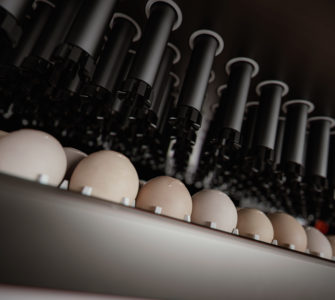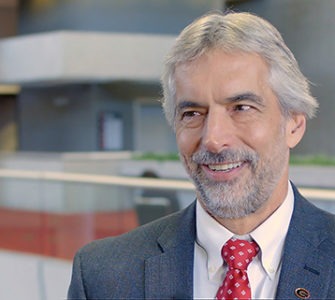Poultry disease identification made easier with test alteration
USDA scientists modify already available test and make it easier to detect avian reticuloendotheliosis and Marek’s disease
USDA scientists have found a way to make it easier to detect avian reticuloendotheliosis and Marek’s disease by modifying an already available test.
The two diseases are highly contagious and can cause cancer-like diseases, production losses and death of birds. Marek’s disease usually affects young adult chickens, while reticuloendotheliosis infects chickens as well as other poultry, including turkeys, ducks, geese and quail.
Aly Fadly, research leader of the USDA’s Agricultural Research Service (ARS) Avian Disease and Oncology Laboratory (ADOL) in East Lansing, Michigan, modified a polymerase chain reaction (PCR) assay to detect unique genetic sequences of the viruses that cause the diseases.
Diagnosing diseases involves taking tissue from the bird’s affected organs, preserving it, and identifying the virus by microscopic examination, which most laboratories are equipped to do. However, if a definitive diagnosis can’t be reached, fresh or frozen tissue from affected birds must be obtained and sent to the laboratory for further testing.
The modified PCR allows diagnostic laboratories to extract virus DNA from preserved tissues to detect the two diseases. It offers an effective alternative to current cumbersome biological and molecular tests that require frozen or fresh tissue samples, Fadly said. In addition, there is no need to rush more expensive frozen tissues to laboratories. That’s because samples are preserved in formalin, a cheap, readily available solid. Samples preserved in formalin can be shipped by ground mail, making the process less expensive.
ADOL scientists developing Marek’s disease vaccines
In other research, ADOL scientists are developing vaccines to help prevent the spread of Marek’s and other avian diseases. They have developed a new vaccine, called CVRM2, which effectively protects chickens against Marek’s disease viruses. ARS recently approved a license agreement with a private company to make CVRM2 into a commercial vaccine.
Article courtesy of WATT Global Media.
Posted on December 22, 2014

















